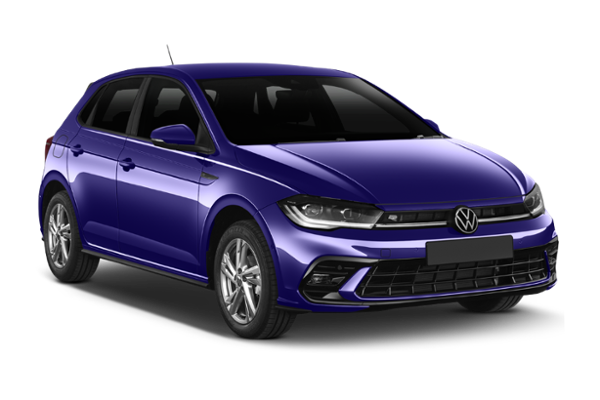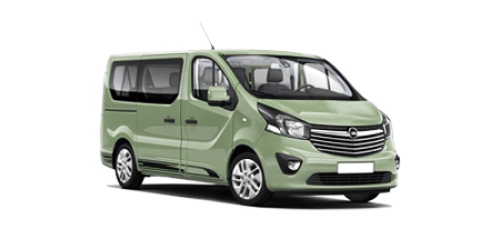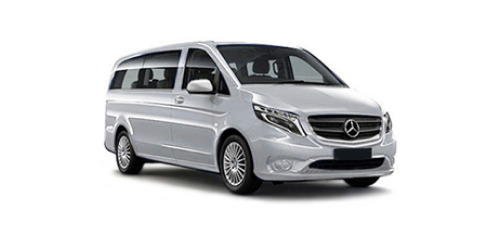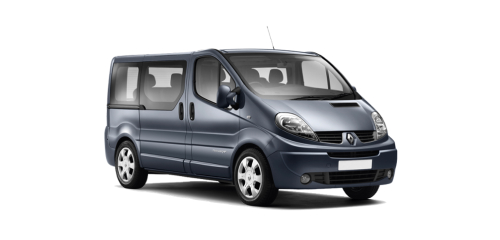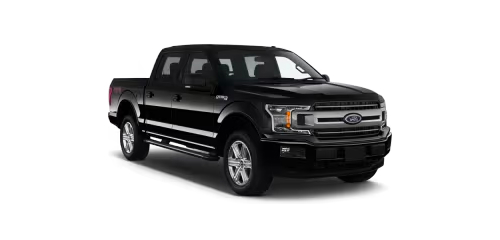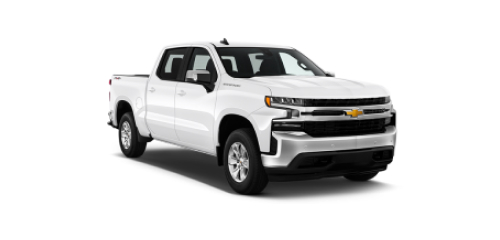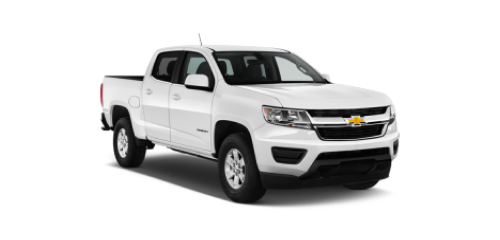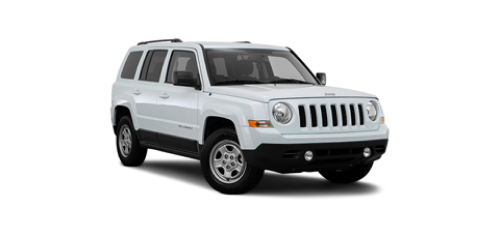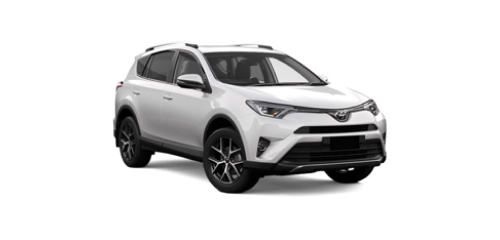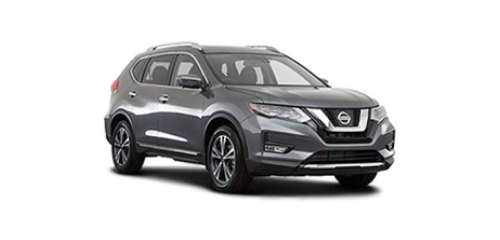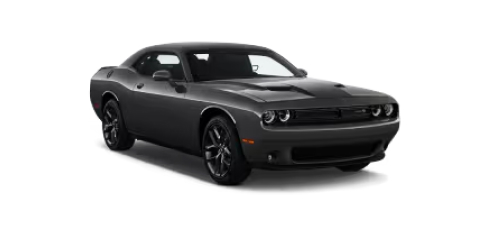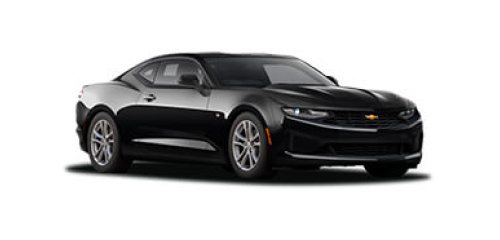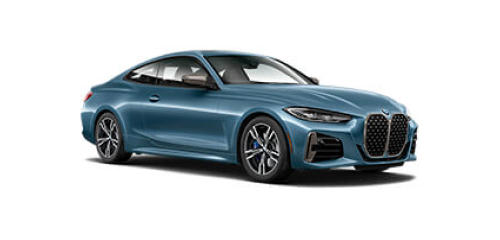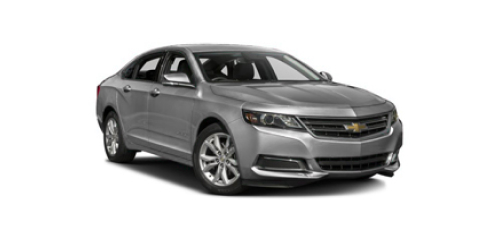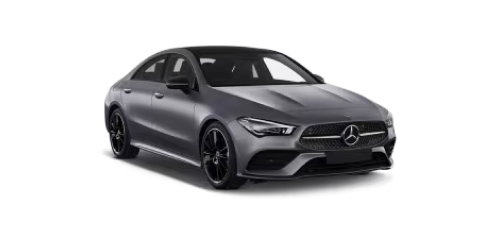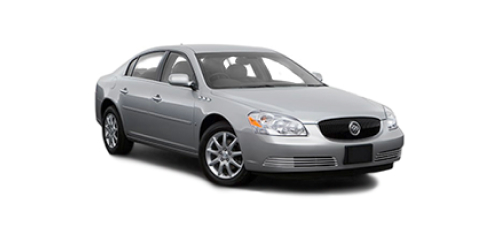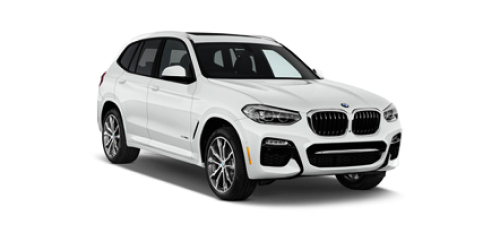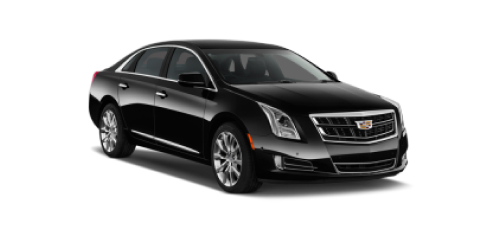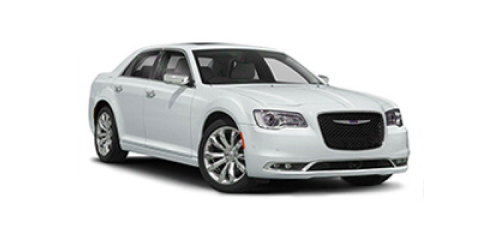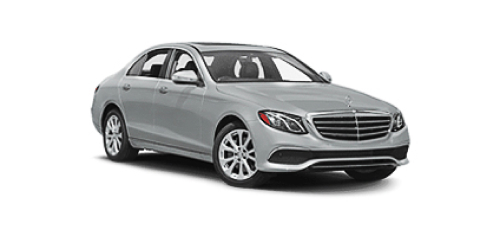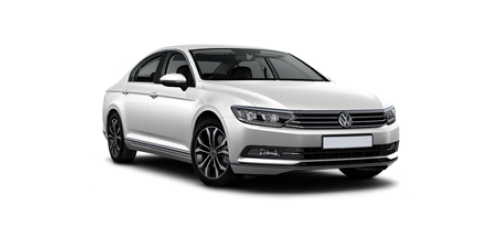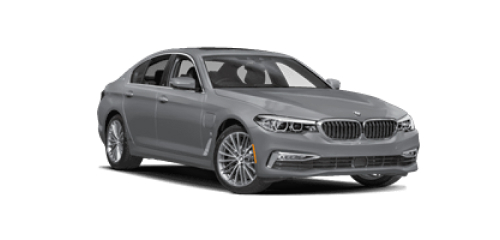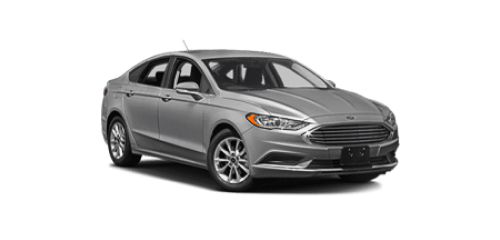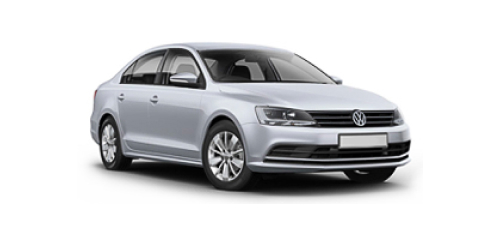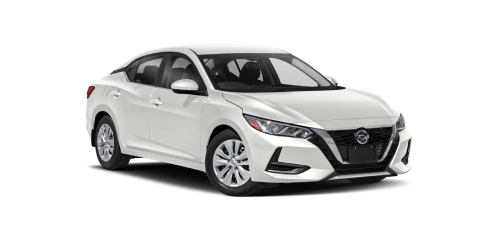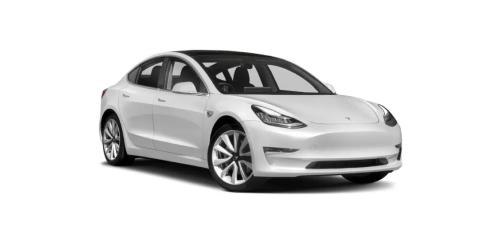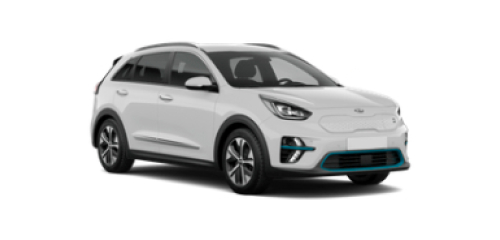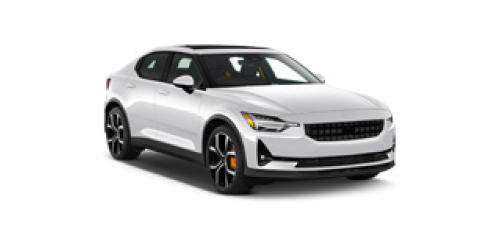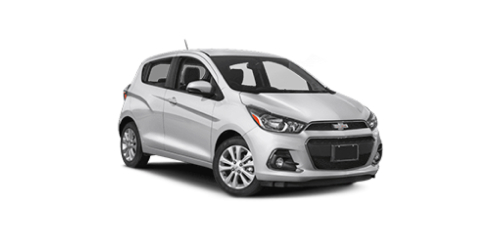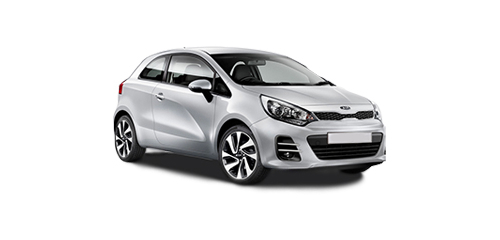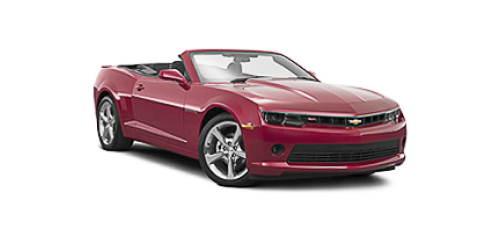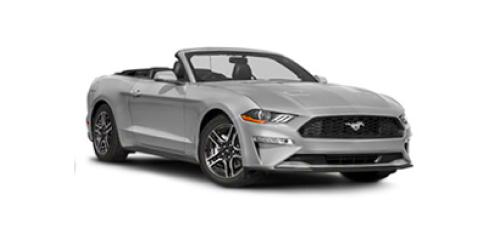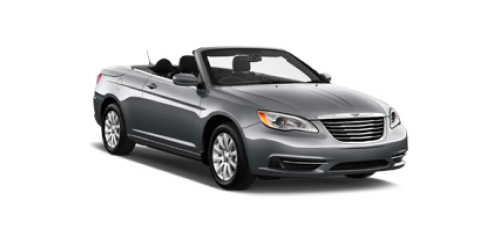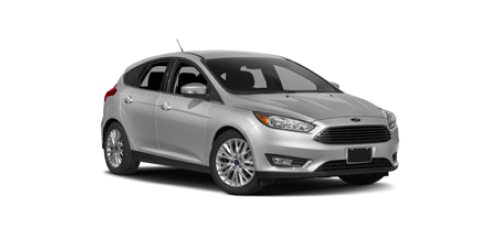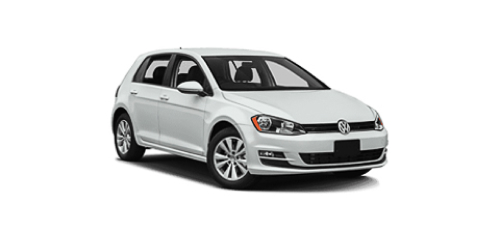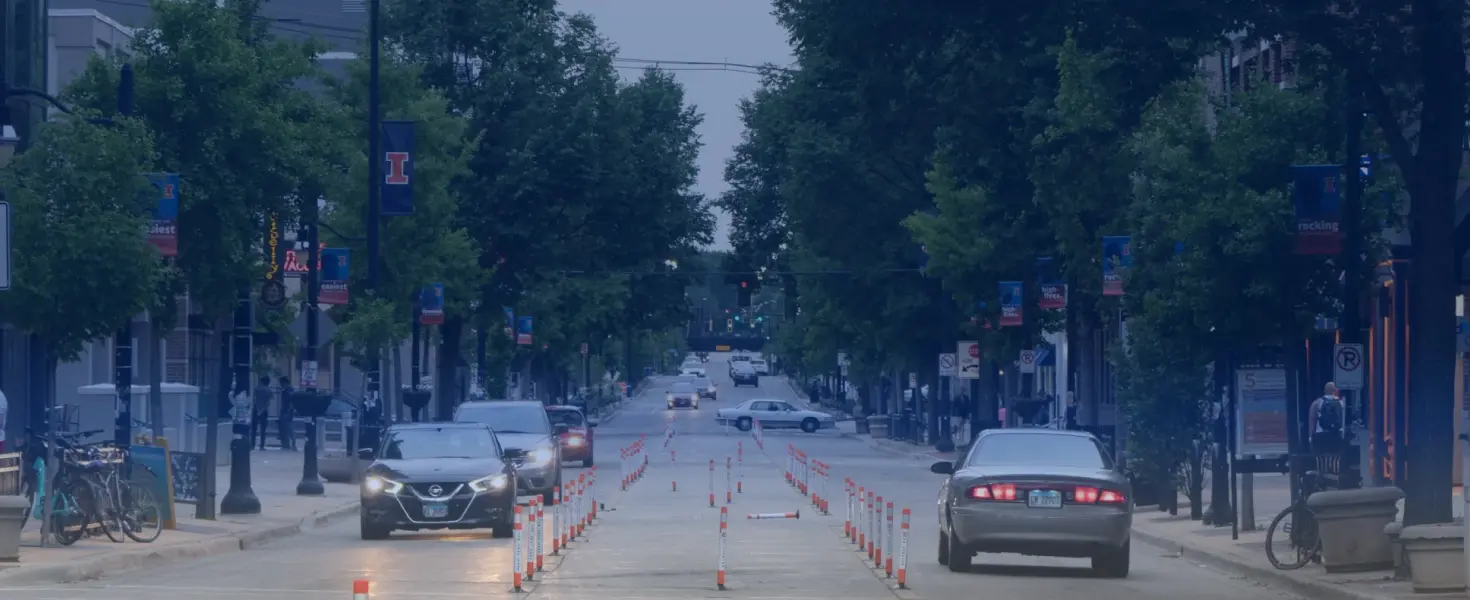
Cheap Car Rental in Dublin
- Secured payment guarantee
- 4 million users
- Multi-language support
- Booking of any class cars
- 600 providers worldwide

Tips for renting a car inexpensively in Dublin
Looking for a cheap car rental in Dublin? With Economybookings, you can easily compare multiple providers to find the best possible deal across Ireland. Whether you're planning to explore the lively capital or take a scenic drive through the countryside and coastal routes, a quick comparison can save you time and money.
- Compare pickup locations – Select the broader city instead of a specific location to unlock more deal options, including off-airport savings.
- Slightly adjust pickup times and dates – Even changing your booking by an hour can reveal lower rates.
- Choose economy or compact cars – These vehicle types are usually the most budget-friendly.
- Book early – Peak travel seasons like summer (June to August) and the winter holiday period often see higher prices, so reserving in advance helps secure better rates and availability.
Tips when renting a car in Dublin
- Age, licence and documentation: you must be at least 21 in Ireland and have had your licence for at least 1 year; however, many rental companies have a strict no under-25’s policy. Non-Irish residents may also need an International Driving Permit, particularly if their licence has unrecognisable characters or script.
- Insurance and excess cover: basic rental usually, but not always, includes Collision Damage Waiver (CDW) and Theft Protection (TP). Independent excess insurance can often be cheaper compared to desk offers.
- Fuel policy: ‘Full-to-full’ (same-to-same) is the most common policy; ‘full-to-empty’ often results in inflated charges.
- Location and booking strategy: airport hires include premium surcharges; using off-airport locations and shuttles can slash prices significantly. Book early and watch for price drops, as some sites allow free cancel-and-rebook to take advantage.
- Inspect, document, and dispute: do a detailed walkaround and check the bodywork, tyres, lights, and equipment. Photograph all existing damage and note on the rental form. On return, photograph again and get a signed checkout record to guard against post-return disputes.
- Car type: opt for a small car for easier parking and narrow roads.
Pick up your car at Dublin Airport or outskirts for easier access.
Driving tips in Dublin
- Drive on the left and overtake on the right.
- Roundabouts are common – give way to traffic coming from the right.
- Flash your headlights as a polite signal (e.g., to let someone pass), not as aggression.
- Horn use is rare; only use in case of emergencies or warnings.
- Stay in the left lane on motorways unless overtaking and don’t hog the middle lane. Irish motorway hard shoulders are only for emergencies, unless part of a “smart motorway” scheme.
- Use parking apps like RingGo or JustPark to find/pay for legal spots in and around the city.
- Avoid yellow lines: single = time-limited, double = no parking anytime.
- Popular fuel stations: Shell, BP, Esso, Tesco (supermarkets often cheaper).
- Keep your license, rental papers, and insurance with you at all times.
- Driving while holding a smartphone or sat-nav in hand is illegal - fixed penalty of €120 and 3 penalty points. Your sat-nav must be in a proper holder within clear view.
- The M50 circles Dublin and is useful for reaching suburbs, but expect heavy traffic during peak hours.
Speed limits
In Ireland, all speed limits are posted in kilometres per hour (km/h). In Dublin city proper, the default urban speed limit is 50 km/h, but most residential streets are zoned at 30 km/h under the 2020 Special Bye‑Laws: look out for repeater signs to remind you where you’re at. On national roads (major routes including dual carriageways), the limit is 100 km/h. For regional roads, the maximum allowed is typically 80 km/h, though some sections may be posted at less depending on local council regulations. Local (residential or rural lanes) are capped at 60 km/h following a February 2025 update to the Road Traffic Act 2024. On motorways like the M1, M4, and the M50, the mandatory limit is 120 km/h.
Road signs
Irish road signs follow international standards and are usually clear and well-placed. They’re primarily in English and Irish and use symbols for quick understanding. Speed limit signs are in kilometres per hour (kph). In Dublin, look out in particular for signs marking bus lanes, no-entry zones, and school streets, which may have time-based restrictions.
- Key regulatory signs include red circles prohibiting actions (e.g., no entry, no turns) and blue circles mandating directions or minimum speeds.
- Triangular warning signs, often with distinctive yellow diamond-style backgrounds, alert drivers to hazards such as sharp corners, pedestrian crossings, or tram lines.
- During roadworks, yellow boards mark diversions and temporary restrictions.
- Bus lanes, which are common on streets like O’Connell Street, Mount Street, and the inner quays, are active during posted hours (typically Mon-Sat, 07:00-19:00) and strictly enforced via CCTV and Garda patrols; misuse incurs fines of €60–€80.
- Clearway and CPZ signs are frequent in controlled zones, so distinguishing “No Stopping” (double yellow) from “No Waiting” (single yellow) and checking timeplates is crucial.
- Parking in prohibited zones, cycle tracks, bus stops, or on footpaths risks clamping, tows, or penalties of €80+.
Tolls and restricted zones
Unlike cities introducing emission zones, Dublin currently has no congestion or low-emission charges, though future expansion is possible outside the city. However, several important tolls apply in the Greater Dublin area. The M50 motorway operates a barrier-free toll system, with ANPR cameras recording your plate between junctions 6 and 7, and you must pay online via eFlow.ie, phone, or in Payzone shops by 8 pm the following day, or face a €3 surcharge.
The M1, M3, M4, M7/M8, N6 (Galway bypass), and N25 have conventional toll plazas that accept cash or card (€1.70–€3.50 per toll), while the Dublin Port Tunnel peaks at €12–€13 (rush hours) and drops to €3.50 off-peak. The East-Link Bridge also incurs a €2.30 car toll. As always, plan your route in advance and check whether any restrictions apply to your rental car.
Discover Dublin by car
Dublin has an extremely vibrant arts culture and a bustling nightlife with pubs and restaurants. A rental car offers incredible flexibility for exploring Dublin’s vibrant cityscape and its scenic surroundings. Begin your journey by parking near Phoenix Park or along the River Liffey quays, then continue on foot to iconic sites like Trinity College, St. Patrick’s Cathedral, or the atmospheric Temple Bar district. Once out of the inner loop, a short drive opens up remarkable sights and landscapes.
On Dublin’s southside, drive out along the N31 and N31/R114 to reach the upscale coastal towns of Dalkey and Killiney, which is just 30–40 minutes away. The scenic coastal road (Vico Road) offers sweeping views over Dublin Bay and Killiney Hill Park, where you can pause for a stroll and panoramic viewpoints.
Further south, head toward County Wicklow, the "Garden of Ireland." The N11/M11 corridor takes you through coastal villages like Bray and Greystones, then into the stunning landscapes of Sally Gap or Wicklow Gap, leading to the ancient monastic valley of Glendalough. The drive along R755 or through Wicklow Mountains National Park skirts peat bogs, reflective lakes, and rugged ridges—dramatic terrain in under an hour from the city center.
When to Visit
Dublin is a year-round destination, but the best time to explore by car is between June and September, when the weather is mild and the days are long. Travelling during the winter will allow you to enjoy some off-peak prices, but some of the smaller roads may be susceptible to black ice coverage, which makes for difficult driving conditions. Summers can exceed 20 and winters can be cold and very wet, so make sure to pack appropriately for the time of year.
Languages & Communication
English is spoken everywhere in Dublin, but you will also find people who speak Irish (they are in the minority compared to English speakers). It’s a multicultural city, so you may also hear Arabic, Chinese and various European languages in many neighbourhoods and in the city centre. Most signage is in English and Irish, and visitors rarely face language barriers.
Currency & Payments
Dublin uses the Irish Euro (€). Credit and debit cards are widely accepted, especially contactless payments, which are common at fuel stations, parking machines, and tolls. ATMs are easy to find throughout the city and suburbs.
Top driving routes from Dublin
Dublin is perfectly located for some of Ireland’s most scenic drives:
- Dublin-Howth Coastal Loop: Circling via Howth Head, you’ll enjoy panoramic cliff views, the harbour, and fresh seafood. Ideal for 2-3 hours of light exploration.
- Bray-Glendalough-Sally Gap Circuit: Take the southbound N11/M11, then ascend through Bray and Greystones, winding up to the Sally Gap for boggy heaths and monastic ruins at Glendalough. Allocate 4-6 hours including stops.
- Boyne Valley Heritage Route: Heading north (R150/N51), this route visits Trim Castle, Hill of Tara, and even Newgrange if extended. This works out to be an 80-120 km round-trip with rich mythology and medieval architecture.
- Northern Seaside Tour: Explore Malahide, Portmarnock, and Port Dublin, where you can combine beaches, golf links, and coastal villages in a relaxed 3 hours.
These routes are ideal for day trips or weekend escapes, with well-maintained roads and unforgettable views.
Experience the top locations with car rental in Dublin
Opening hours
Address
Documents on pick-up
Credit Card
Take your credit card in the main driver`s name with a limit large enough to cover the excessPassport
Take your passportDriving License
Take your local and international driving licenseAll car rental in Dublin
Discover the cheapest car rental in Dublin
* Disclaimer: Prices displayed may not reflect today's rates.
What our customers say
Car rental companies in Dublin
We have prepared a shortlist of top rental companies in Dublin. To save both time and money compare offers on EconomyBookings.com to find the best deal.


